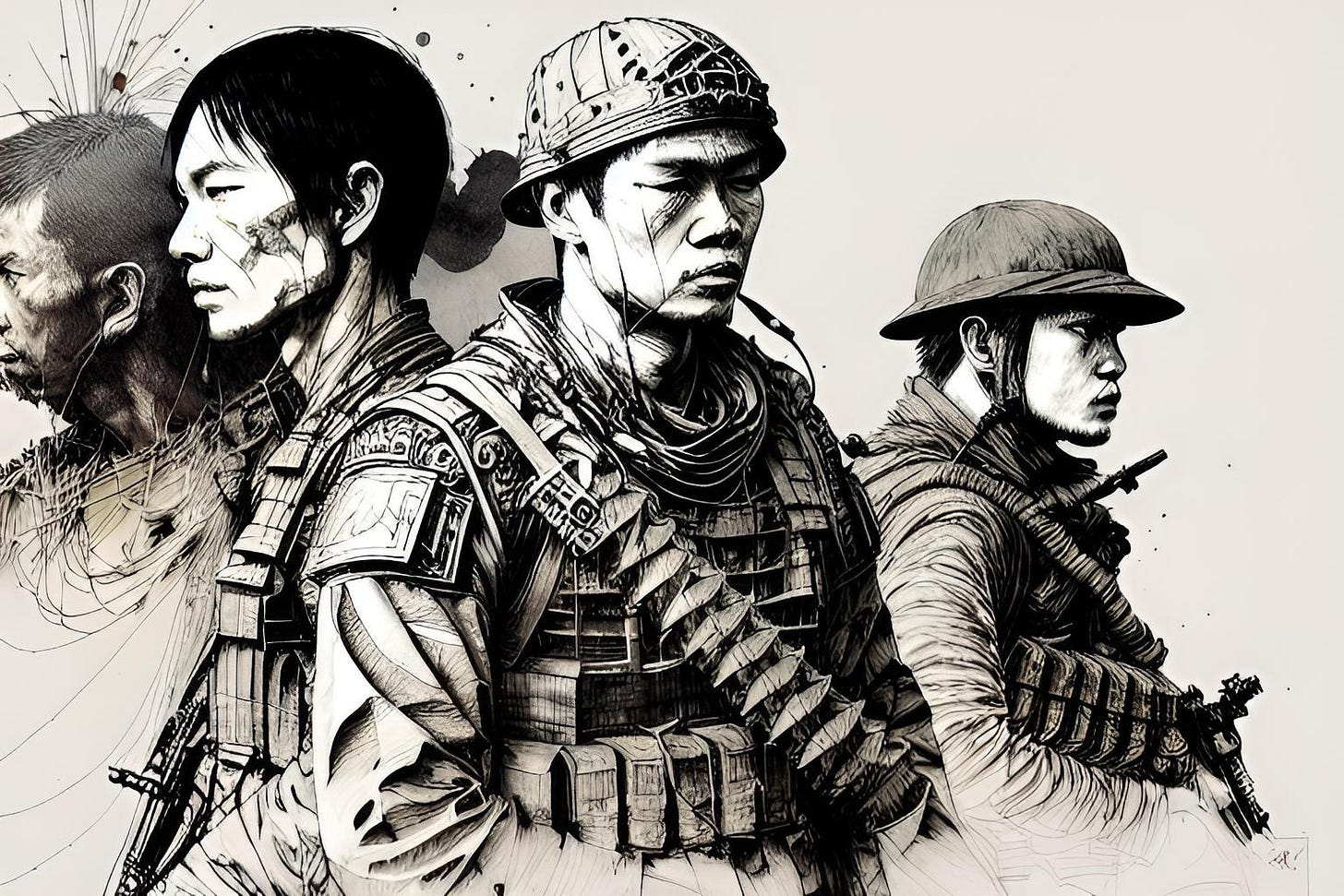The Peculiar Science of (D)ARPA's Project Agile
Uncovering the Dark and Twisted Tale of Pseudoscience, Homicide, and Financial Fraud: A Deep Dive into the Intricate Web of Intelligence Operations in Vietnam
Welcome to a new category on A Lily Bit where we venture into the dark and unnerving world of US intelligence operations. In this series, we will explore the depths of some of the most disturbing and secretive missions in American history. From the jungles of Vietnam to the deserts of Iraq, we will uncover the hidden truths behind some of the most heinous acts committed in the name of national security. We'll also uncover the disturbing military origins of social media, revealing a darker side to the notorious tech giants, and go on deep dives into a hidden history of technology and its role in modern warfare and your everyday life.
These articles will require extensive research and attention to detail, so if you're interested in delving into the murky waters of covert operations with us, become a paid subscriber now. Join me as we pull back the curtain on the shadowy world of American intelligence and how the surveillance state we know today came to be.
This first article explores the role of DARPA (formerly known as ARPA) in the Vietnam War and how the conflict became a testing ground for new intelligence and counterinsurgency tactics. It delves into some of the most egregious war crimes committed by the American deep state during the war and examines how these atrocities came to happen.
Moreover, the article offers a glimpse into what went on behind the scenes in the jungles of Vietnam, where a strange mix of military planners, scientists, spies, and commandos devised bizarre and often brutal strategies to defeat Viet Cong forces. It explores how DARPA's Project Agile, which was supposed to be a scientific approach to counterinsurgency, turned into a racket that benefited private military contracting firms more than anything else.
This 30 minute read is supposed to shed light on the dark and complex history of the intelligence operations behind the Vietnam War and the ways in which it fundamentally changed American military tactics and thinking. It shows how the conflict was a new kind of war, one that was fought not just on the battlefield but also in the realm of ideas and intelligence, and how this new reality has continued to shape American military interventions around the world.
Keep reading with a 7-day free trial
Subscribe to A Lily Bit to keep reading this post and get 7 days of free access to the full post archives.

